In rhinoplasty, skin and its clung muscle layer are lifted from the cartilage and bone layer, and the changes in the cartilages and bones are made. In some points, reduction and sometimes increase and mostly transformation in cartilages and bones are made. Almost nothing is done in the skin layer and muscle, and this layer reacts to changes made in bones and cartilages based on its elasticity. It lies on cartilage and bone layer and gradually acquires the desired form. Here, the skin elasticity determines how much the surgery can be effective. Highly inelastic skin or the so-called fleshy nose hardly responds volume reduction, while it respond relatively good to form change and will respond well to increased volume. Therefore, in case of fleshy noses, if much volume reduction is not to be done, a good surgeon can get very good results.
Role of nose in the beauty of face
A beautiful nose has relatively well-defined geometric characteristics that describing their specialized details is not possible in this book. But in short, one can say that a ugly nose can largely prevent the manifestation of other facial beauties. A beautiful nose, although can be by itself attractive, but mostly causes the manifestation the rest of facial beauty. If the rest of a person’s face is deprived of beauty, even a super cute nose cannot make an ideal impact. Conversely, even a relatively beautiful nose can pose tremendous impact in a face beautiful in other aspects.
Therefore, those will benefit more from rhinoplasty that before the operation, the rest of their dace is flawless and their nose is uglier, however, provided that the defects of their ugly nose can be resolved. This means, before the surgery, the more beautiful face and the uglier nose would reveal the impact of the nose surgery more prominently, provided that the nose defects can be resolved. On the contrary, if the rest of face is uglier and the nose has little defect, the impact of the nose surgery will become less prominent. In such situations, it is better to evaluate the other defects of the face before the nose surgery, and if possible, some other facial surgeries are suggested for the rest of facial components. This has been further described in the last chapter. However, in certain cases, nose correction can improve some other defects. For instance, in certain cases, it can represent the small cheeks of the person relatively larger, or be even effective in the correction of lips and gums view.
How long a nose surgery lasts
How long a nose surgery lasts? How much is the hospital stay? Should we stay the night in the hospital?
Depending on the difficulties and complexity, doing a nose surgery may need from 1 to 3.5 hours. However, the surgeon obsession, action speed and the type of surgical technique (open or closed) can also affect the operation time. But on average, a good and accurate operation on a normal nose takes about 2 hours. Meanwhile, a period of time is also spent on anesthesia and recovery (full recovery) arrangements of the patient. Considering these times, the patient may spend even 6 or 7 hours in the operating room. Usually after leaving the operating room and patient transport to the ward, the patient will rest about 3 to 6 hours in the ward. In case of proper general conditions, the patient will be discharged on the same day and goes home.
What are the improvement processes of surgery?
In case of using tampons, the tampons are usually removed after 1 to 4 days. Normally, the nasal plaster cast is removed after one to two weeks, and usually, taping would not be required 2 to 5 weeks after. The film or mold set intranasal by the surgeon will be removed 1-4 weeks later. The nasal swelling is relatively high in the first 2 weeks. Usually after removing the tampons, the nostrils appear widened and dissimilar, and the nose may look so much upward. These issues will be resolved 1 to 3 months after the surgery.
The majority of nasal swelling will subside after 3-6 months; but depending on the fleshy or bony nature of the nose, using the open or closed nose surgery techniques, and difficulty of simplicity of the nose surgery, variable levels of swelling may occur even up to 2 years after the surgery. However, the nose usually acquires its acceptable form after 1-3 months after the surgery, although its improvement process may last longer. The swelling and bruising around the eyes depend on several factors, including the surgeon technique, partly conditions and the type of anesthesia, the patient’s bones texture and the required manipulation in them, the color and texture of the skin around the eyes in terms of softness, the patient’s care measures after the surgery, the use of ice packs and attention of recommendations of the first 2-3 days that were mentioned earlier. In general, if the surgeon uses a proper technique, the swelling around the eye would be very low, and the bruising will be low, if there is any. However, the slight bruising, if occurs any, would not be visible after a week, and usually should be fully resolved after 2-4 weeks. Typically, the nasal obstruction is removed 1-3 weeks after the surgery. However, in case of using intranasal splint or film, nasal congestion would partially last until their removal. The very subtle obstruction of nose is not abnormal up to 2-3 months, but afterwards continual must be notified to the surgeon.
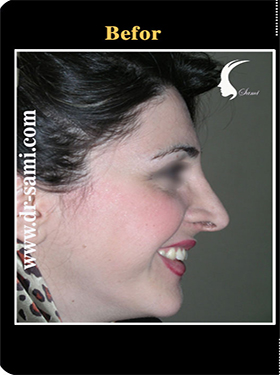 before
before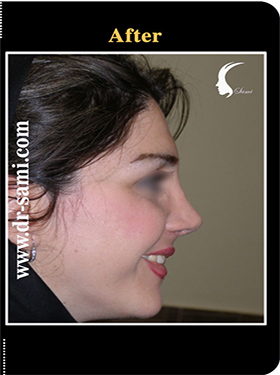 after
after before
before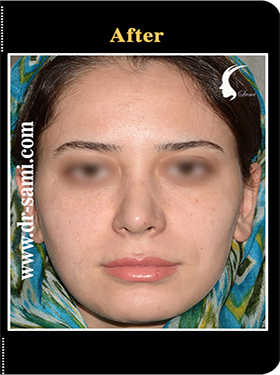 after
after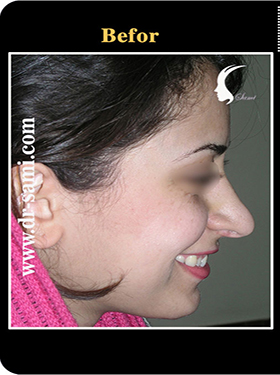 before
before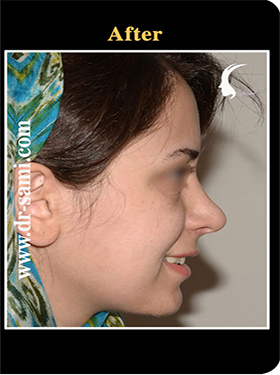 after
after before
before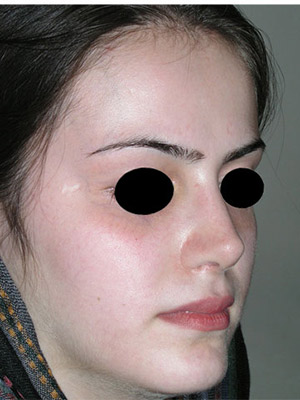 after
after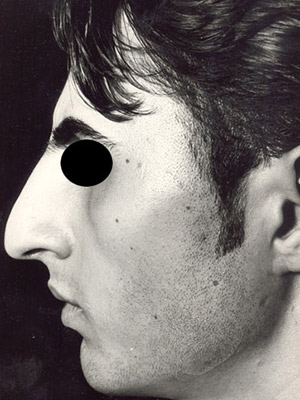 before
before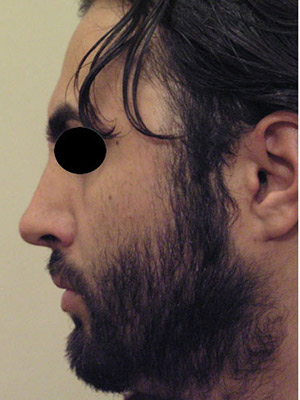 after
after before
before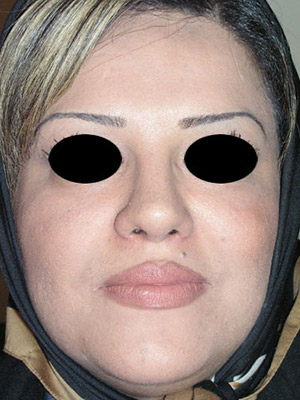 after
after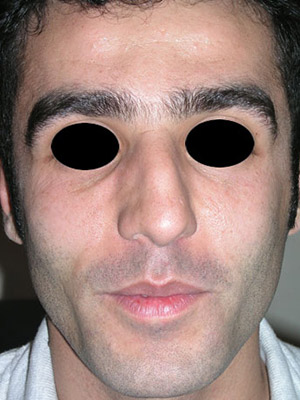 before
before after
after before
before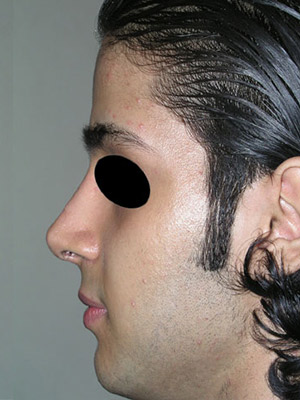 after
after before
before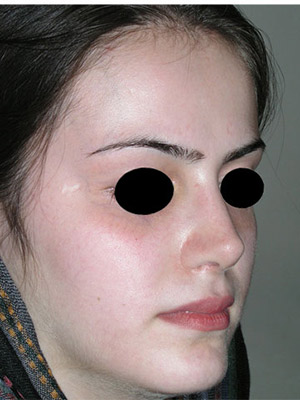 after
after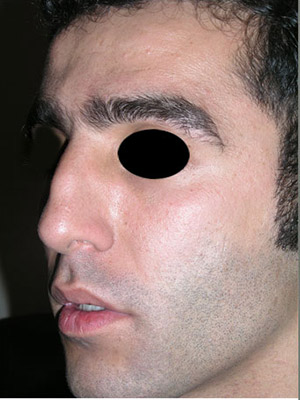 before
before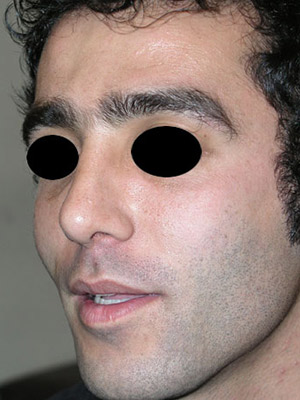 after
after before
before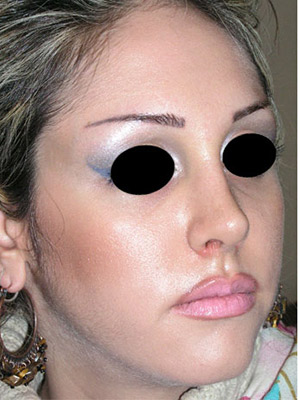 after
after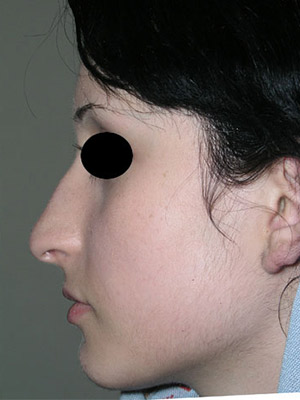 before
before after
after before
before after
after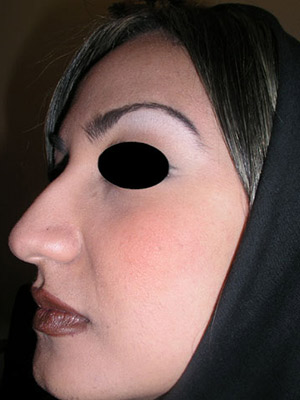 before
before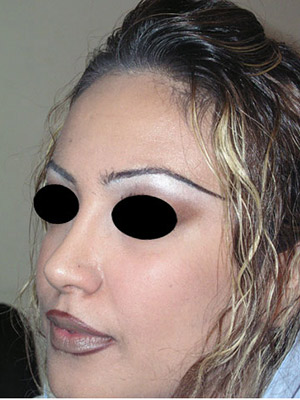 after
after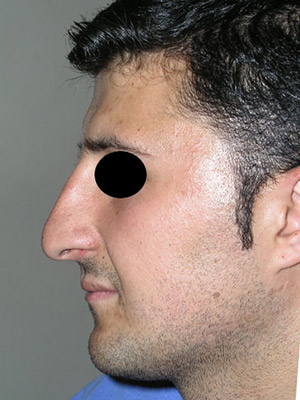 before
before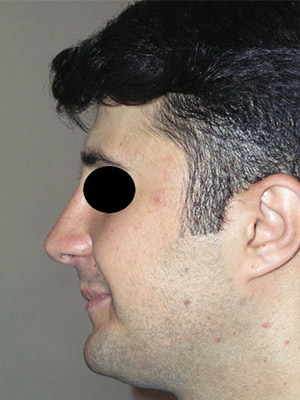 after
after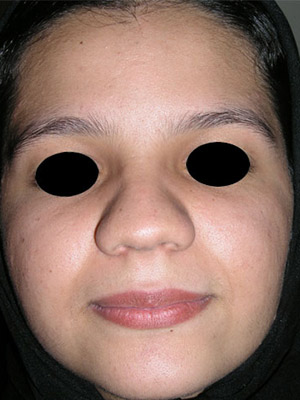 before
before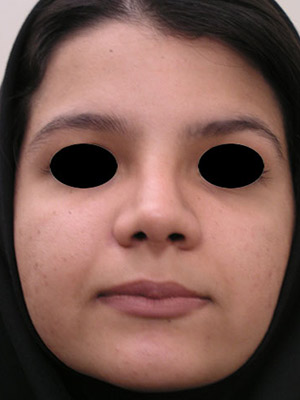 after
after before
before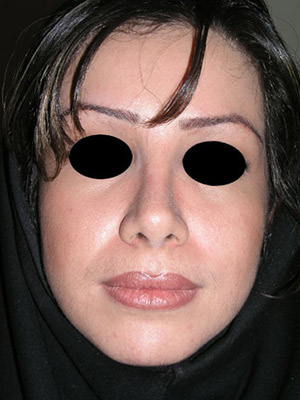 after
after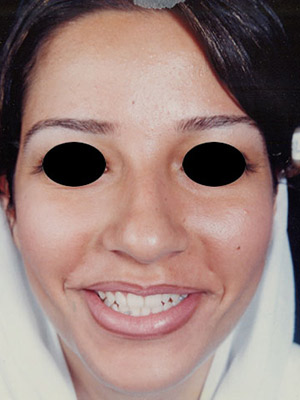 before
before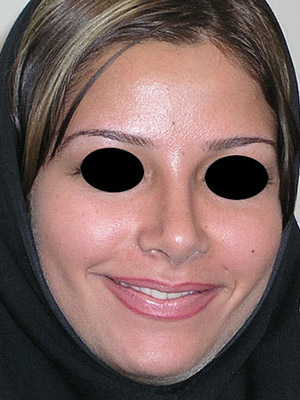 after
after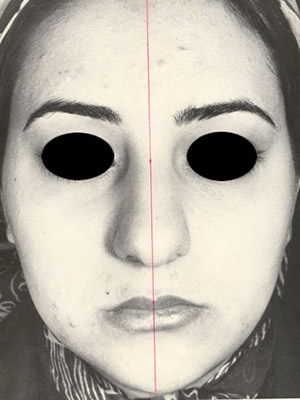 before
before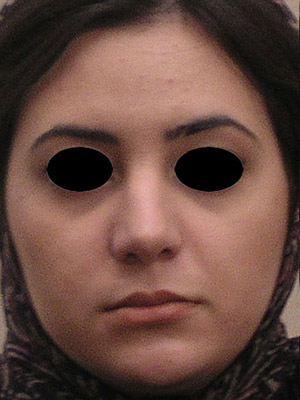 after
after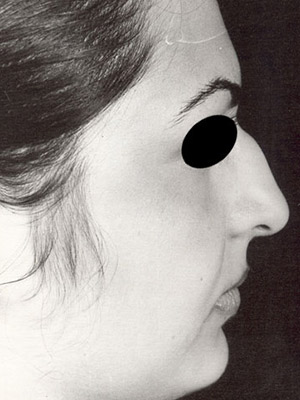 before
before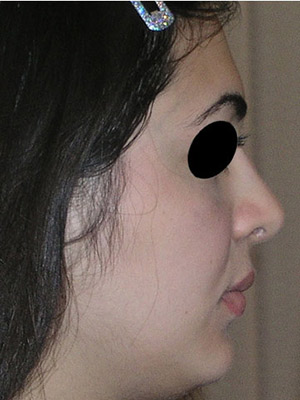 after
after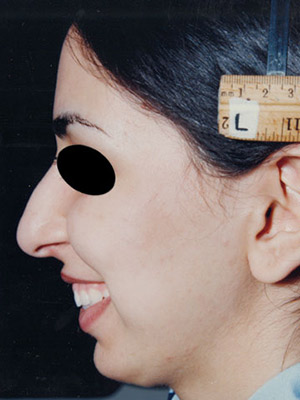 before
before after
after before
before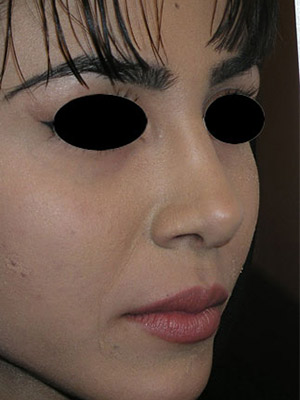 after
after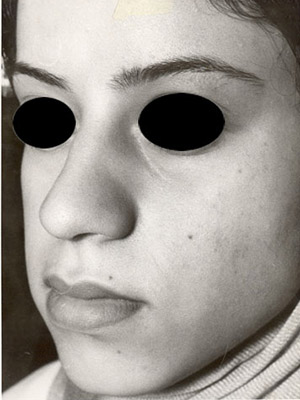 before
before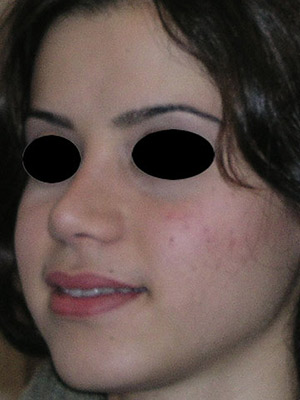 after
after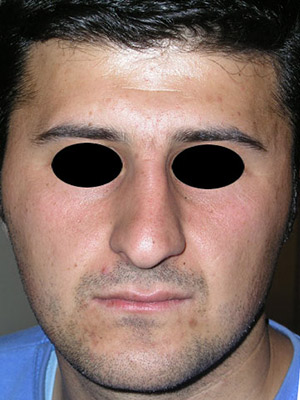 before
before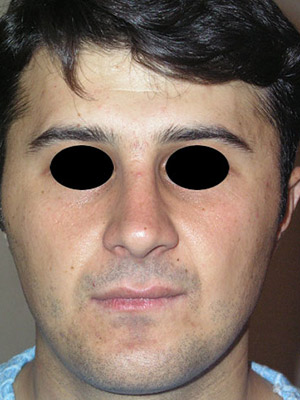 after
after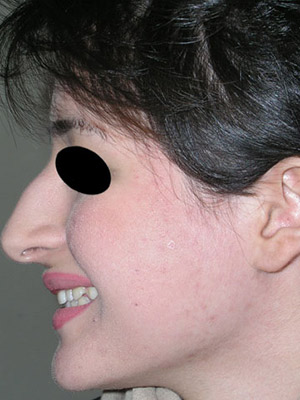 before
before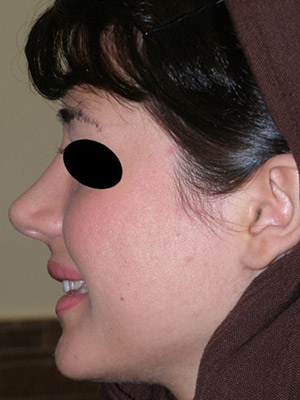 after
after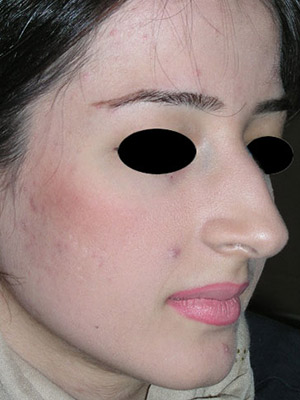 before
before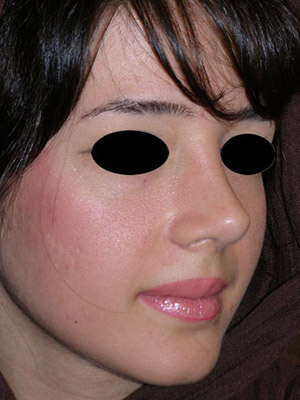 after
after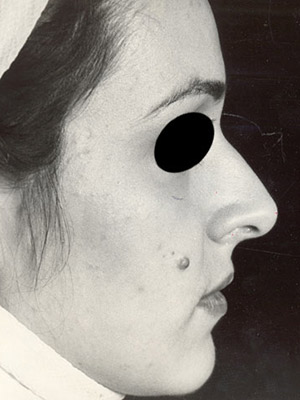 before
before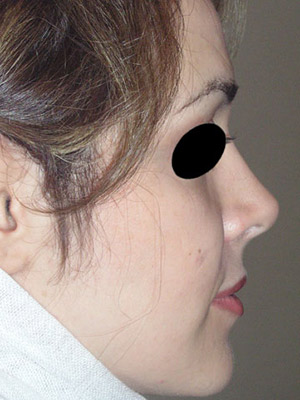 after
after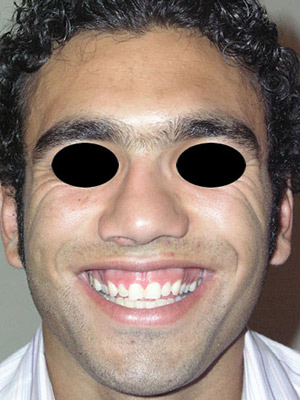 before
before after
after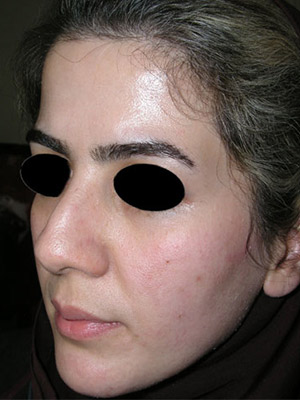 before
before after
after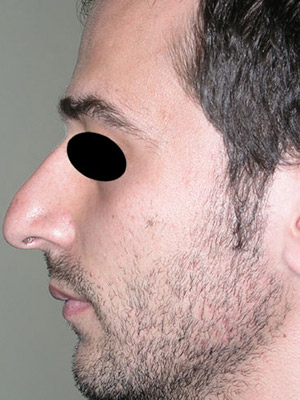 before
before after
after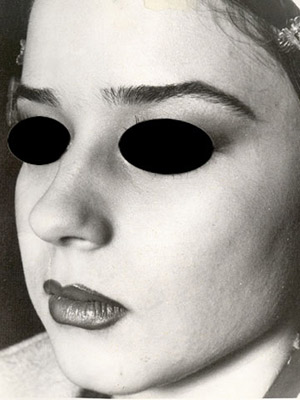 before
before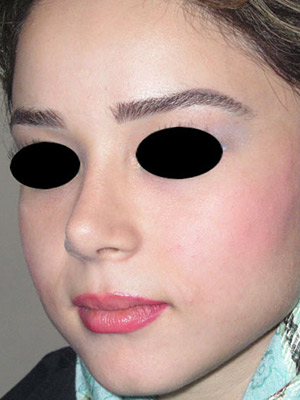 after
after before
before after
after before
before after
after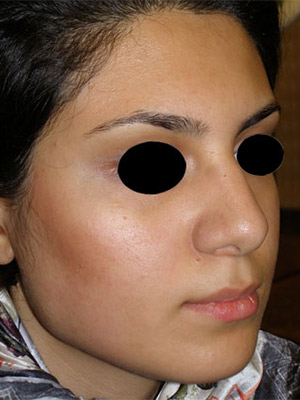 before
before after
after before
before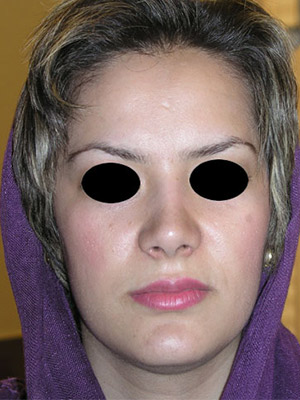 after
after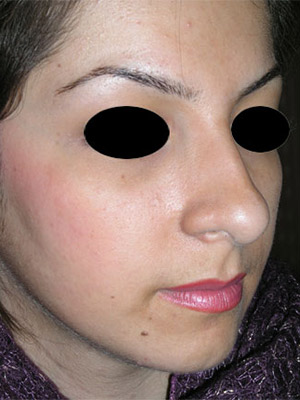 before
before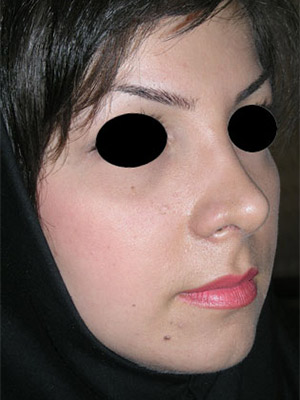 after
after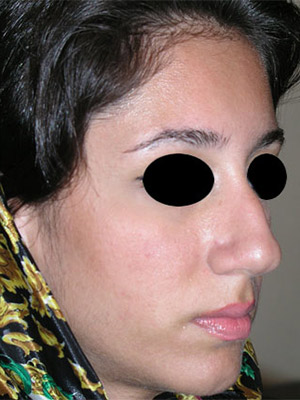 before
before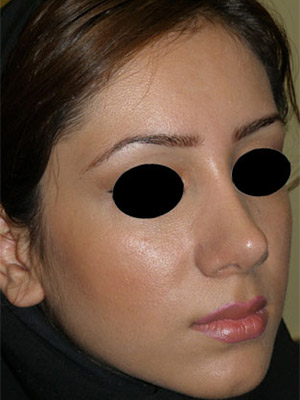 after
after before
before after
after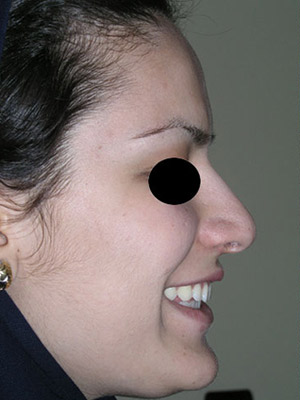 before
before after
after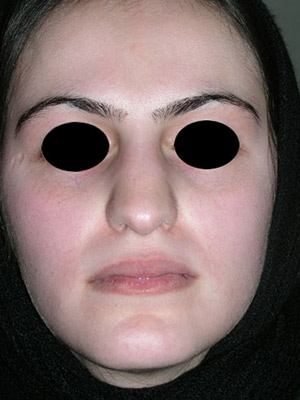 before
before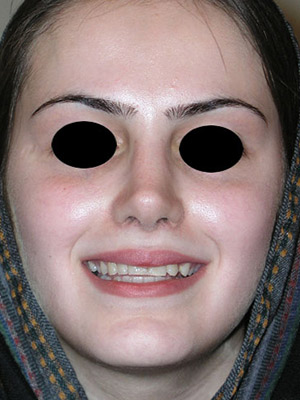 after
after before
before after
after before
before after
after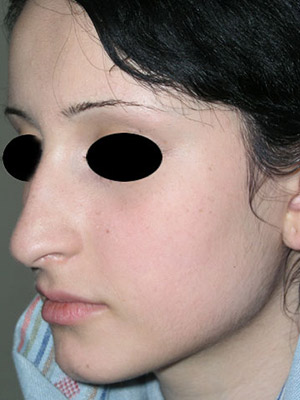 before
before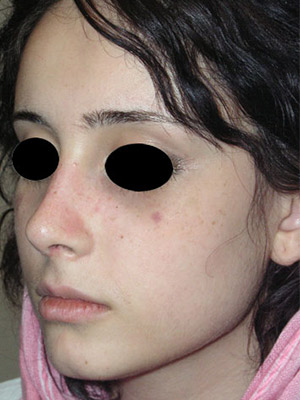 after
after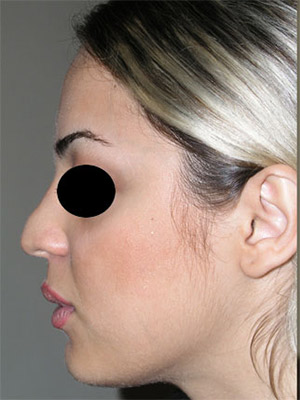 before
before after
after before
before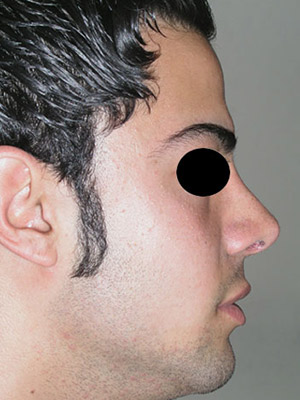 after
after before
before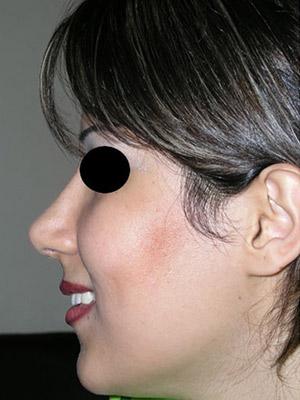 after
after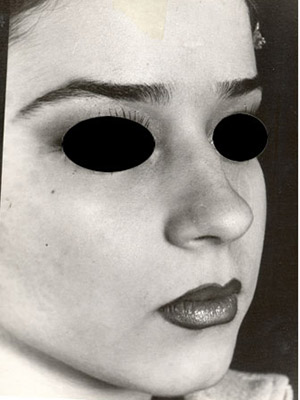 before
before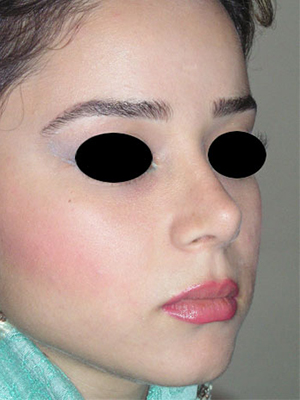 after
after before
before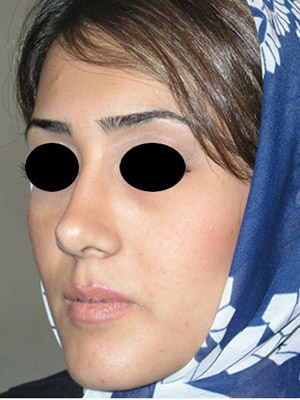 after
after before
before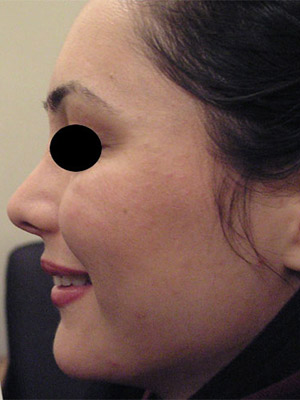 after
after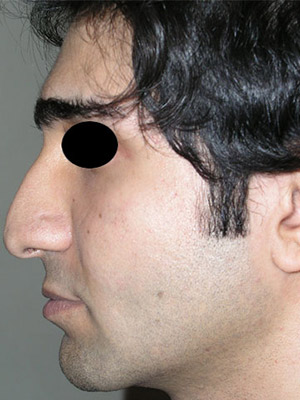 before
before after
after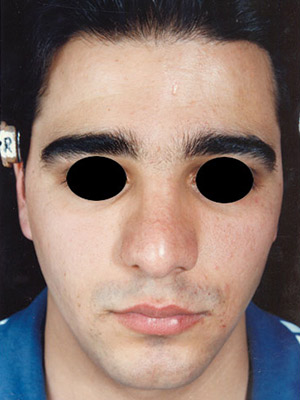 before
before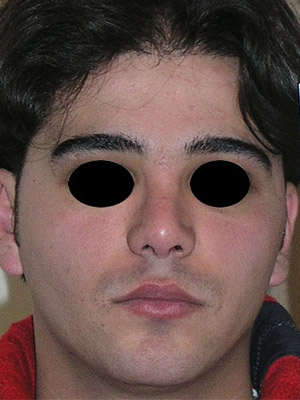 after
after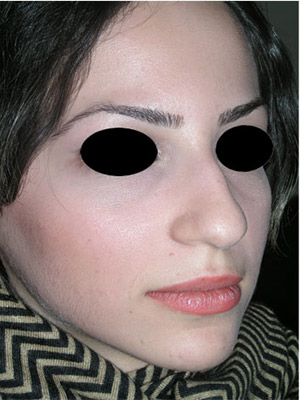 before
before after
after before
before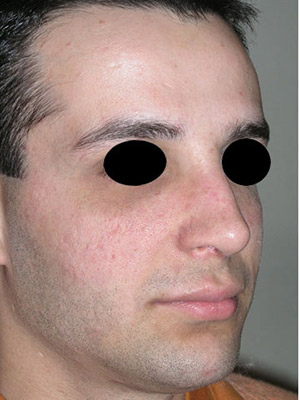 after
after before
before after
after before
before after
after before
before after
after before
before after
after before
before after
after before
before after
after before
before after
after before
before after
after before
before after
after before
before after
after before
before after
after before
before after
after before
before after
after before
before after
after before
before after
after before
before after
after before
before after
after before
before after
after before
before after
after before
before after
after before
before after
after before
before after
after before
before after
after before
before after
after before
before after
after before
before after
after before
before after
after before
before after
after before
before after
after before
before after
after before
before after
after before
before after
after before
before after
after before
before after
after before
before after
after before
before after
after before
before after
after before
before after
after before
before after
after before
before after
afterFor Appointment and advice please contact us.
+9821-22725195 +9821-22725171 Contact Us
